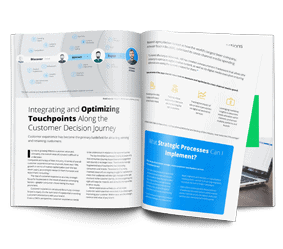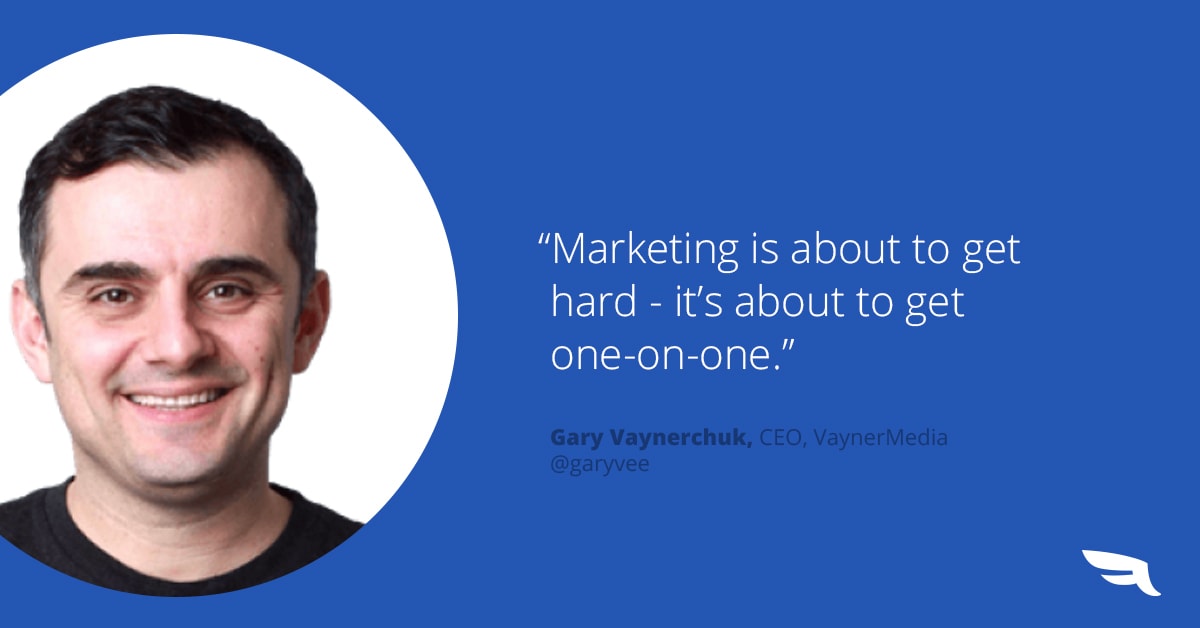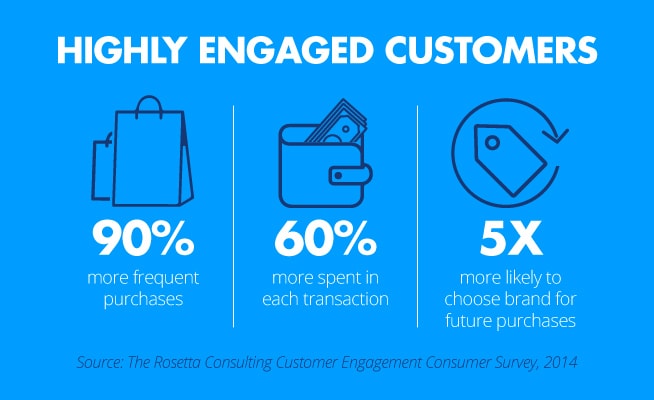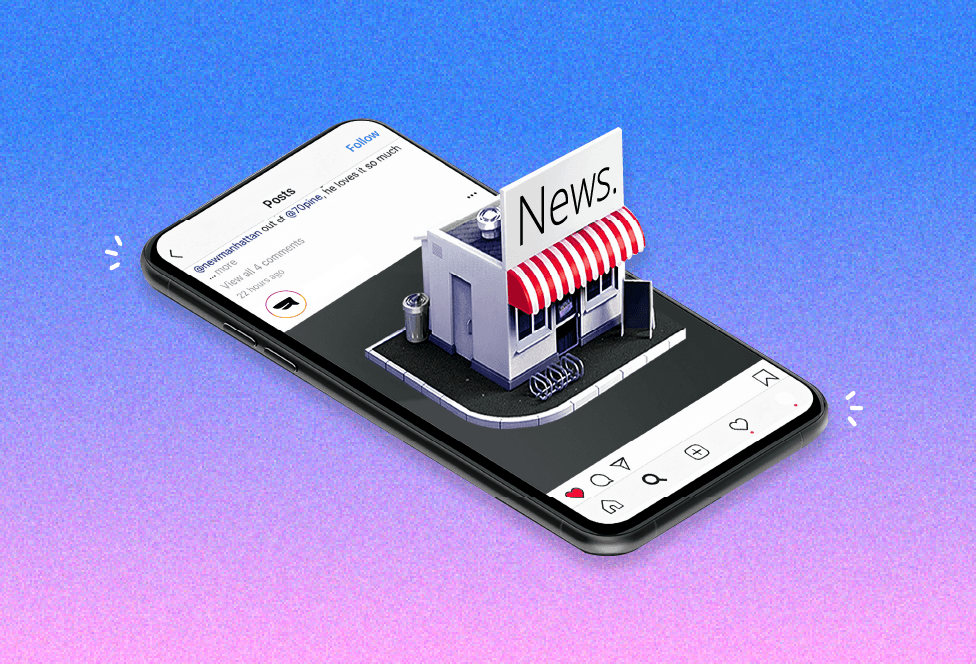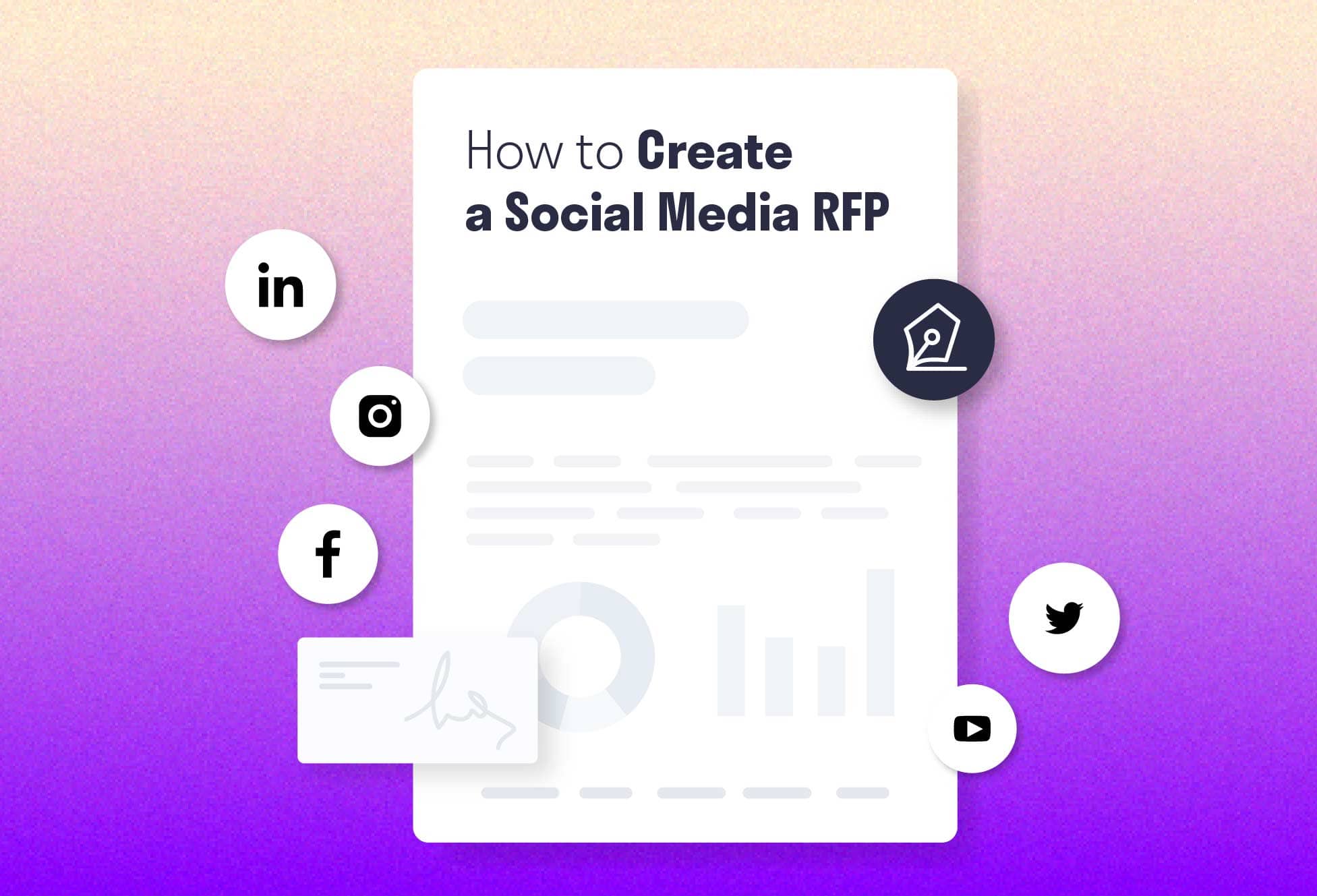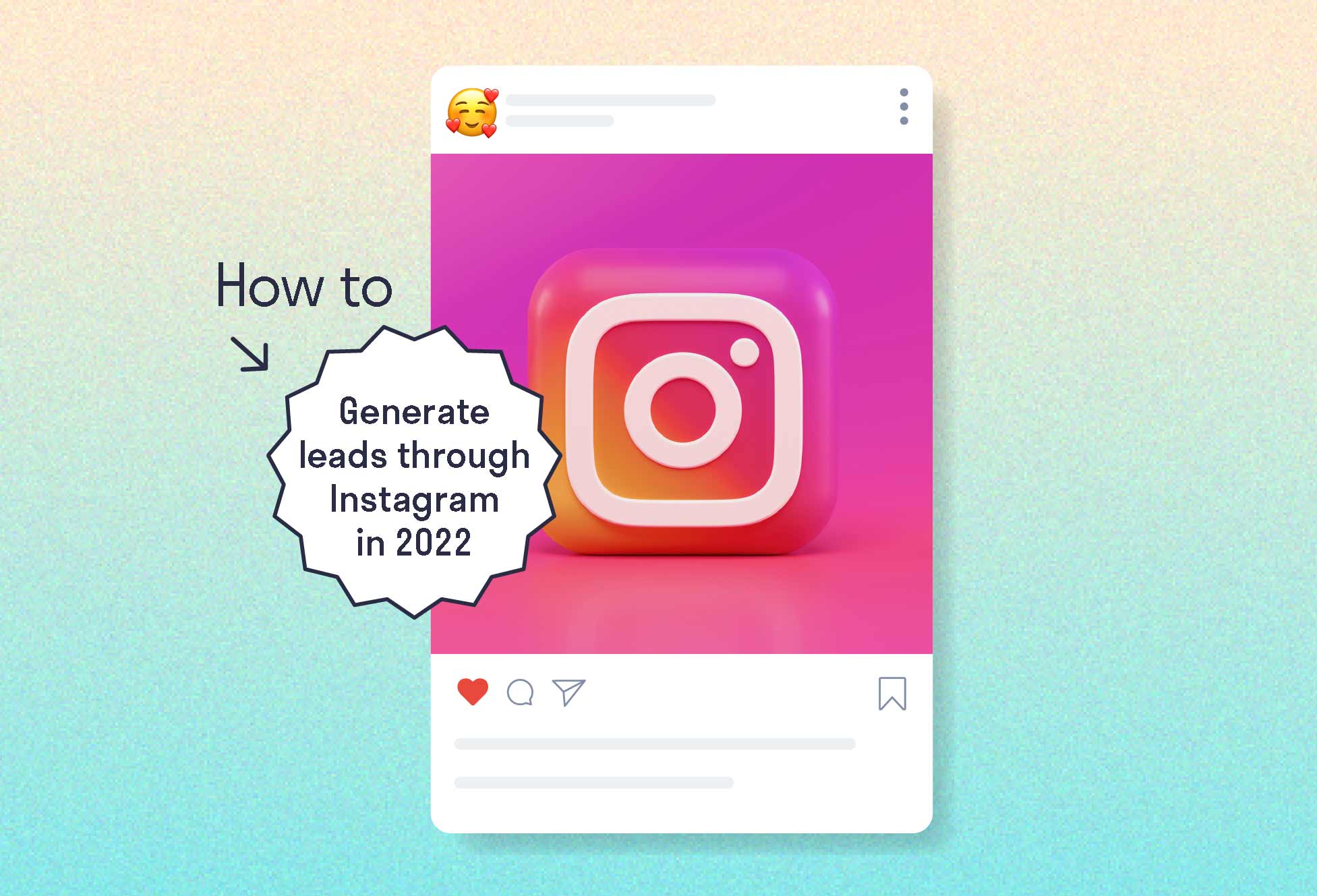These are some of the words that the social media expert Gary Vaynerchuk used as the foundation for his 2011 book, “The Thank You Economy”. At the time, brands were just beginning to feel this shift, and were barely scratching the surface of personalised conversations. Today, personalization fuels brand success on social and has pushed many to revisit their strategies. This readjustment has pushed them to look beyond the vanity metrics of followers and retweets, and try to actually understand their followers. Why is that?
For a long time, before algorithms and adblockers, social media marketing was a game where all companies boldly entered with one purpose in mind – make a sale. This required companies to “hack” the customer life cycle with tactics such as clickbait titles, disingenuous offers, or automated engagement (who wasn’t a fan of automated DMs right after following a person on Twitter?). In the meantime, audiences have grown wiser to such attempts and triggered a change in the relationship dynamic: customers now have the upper hand and they know it. They have also developed skills to cope with the aggressive side of social. You may want to sell, but if you don’t do it in a way that is relevant to your audience, nobody will listen.
This is where it gets tricky for many marketing departments. Social has stopped being a channel where brands can shout all day, thinking that audiences will have no choice but to hear them. Now, it’s become a battleground to capture their attention by offering value and meaningful interactions. No more shouting – it’s time to LISTEN.
Got data? So does everyone else
Social data is the hot topic of the day – 50 or 50 million followers, 2-3 interactions or 2000 retweets, everyone has access to data. What differentiates smart marketers is how they turn it into valuable information and then act on it.
Brands have the opportunity of a lifetime at their disposal – capturing audience data and making sense of it in a way that is customer-centric, rather than product-centric, and focused on your audience’s pain points. Who are these customers? What interests them? What can you do to create more relatable context with them in your interactions?
Getting a complete picture of your customers helps you engage on a deeper level and create tailored conversations. Imagine you could access the past online interactions an individual had with your brand. What if you were be able to know if this person is looking for more information on a specific topic, ready to buy, or in need of product support? You could bring value faster, and the customer is spared the time of explaining his situation. This type of aggregated knowledge makes your engagement more relevant, as it allows you to be there for your customers at the right time and at the right location. Are you taking advantage of all your customers’ interactions with your brand?
Bringing care into the conversation
Let’s say you now have the outline of your customers drawn out of data. You know who they are and what they are talking about, be it customer service or conversation that is relevant to your business.
But is your business wired to be human? Social media is where companies can show themselves to be likeable people, not faceless corporations, and charm through one-to-one interactions in an open forum.
“My favorite part of social media is that companies are doing it”
said no one, ever (Jay Baer) President, Convince & Convert
What really drives audiences to form bonds with brands is the human-to-human connection, based on care and going the extra mile. You decide what type of image you want your brand to reflect, however, even the most straightforward forms of engagement can go a long way – and turn consumers into fans and even ambassadors. With over 1 million followers, Gary Vaynerchuk still takes the time to interact and thank his followers. Simple but effective.
@AustinMahone appreciate the follow ;)
— Gary Vaynerchuk (@garyvee) April 11, 2016
The thing about social media is that your one-to-one efforts are being seen by thousands of eyes. You are creating personal relationships, and more often than not, the interactions will be public. This can be both a good or a bad thing – react quickly and offer value to your customers, and they’ll carry your message forward; fail to understand their needs and mitigate issues, and see the negative reactions amplify and even turn into a crisis. That is why, no matter how big or small, all customers are important, and should be treated equally. Every single fan in your audience is worth creating meaningful conversations with, as you never know where their true value lies in.
What data can do is to help you prioritize differently: by specific situations. For example when facing an emergency on social, data will enable brands to take faster and more informed decisions in real-time. Answering praise messages is a social media manager’s dream, however the reality is that we deal on social with a mix of reactions – this is where clear guidelines and data can help you make sense of your next move. A tool with powerful sentiment analysis and the capability to learn from past activities can prove to be invaluable. One thing to keep in mind though: once they’ve engaged you most customers demand your attention, and you should be ready and willing to offer it to them. At the same time, all potential customers should look at your social activities, reactions and the overall customer experience and say, “I wish I was part of that”.
The magic formula to all this is not quite as magic – it’s just going back to the basics. Social is the place where even big brands can look small in terms of customized conversations, being able to offer the same care as the one person shoe shop owner from across the street. All you have to do is listen first and engage second. Take every opportunity where your brand is mentioned and make the best of it, be it a simple acknowledgment message or a like, or setting the foundation for gradually introducing the sale into the mix. According to Rosetta, the value for your brand is soon to follow:
The ROI of care
Brands can be reticent to invest in personalized customer care, similar to what was discussed above, as it might require an increase in the number of resources allocated. Is it really worth it? Yes. Social Media ROI, though sometimes hard to calculate, has long lasting effects and can be one of the major attributes that sets your business apart from your competitors.
Engaged customers are more likely to turn into brand advocates who spread the word about your brand or give you precious feedback. Simply talking to your customers can help you grow your business in a sustainable way and allow you to discover new opportunities that you weren’t even considering. Involving your audience in this process brings increased brand loyalty and helps customers better identify with your business.
Lay’s Chips is constantly involving its audiences in creating new flavours and putting the product in the hands of their fans. This makes fans feel involved and attached to the brand, while the company is crowdsourcing ideas and giving the customers exactly what they want.
Thanks for voting, America! We’re tallying the results to see who will be the #DoUsAFlavor champ. Stay tuned!https://t.co/MglwC8Etx7
— LAY’S (@LAYS) October 19, 2015
In 2011, Gary Vaynerchuk was advising brands about engagement as a first-mover advantage – do it now and reap the benefits; outsmart your competitors by being the first to really showcase care when engaging customers. Today this is not a new idea anymore and already many companies have started doing it – but not all, and not always to its full capacity. You still have the chance to bring your brand’s personality into the mix, and let your competitors play the catch-up game – but not for long. With every moment where you haven’t treated your audience with the attention it deserves, you risk losing their interest, and becoming a social commodity. In a world of similar products, your best move is offering superior customer engagement, creating meaningful conversation and turning fans into advocates.
The one-to-one engagement revolution is happening now and the competition is getting tougher and smarter. Will you be there to fight for your customers?
